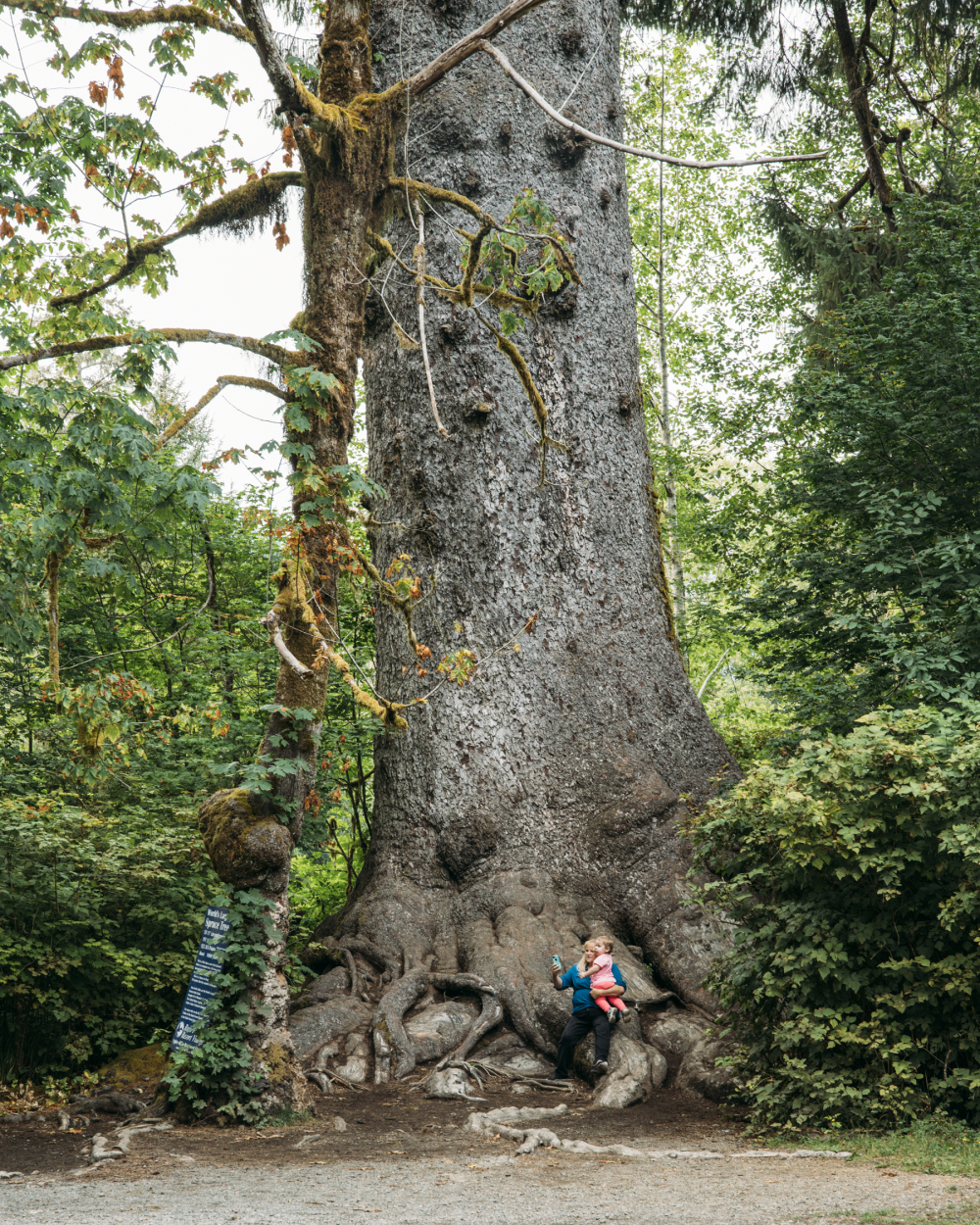A new register seeks to identify “champion trees” in the United States, recognized for their enormous size and big leafy crowns. The first-of-its-kind initiative is called the National Champion Tree Program (NCTP) and has been judging trees since 1941. Now, after moving from the American Forests to the University of Tennessee School of Natural Resources, it’s updating its records to verify the newly crowned tree champions.
ADVERTISEMENT GO AD FREE
“Since moving to the University of Tennessee, the NCTP continues the vital work of identifying, documenting and protecting these gentle giants,” said Jad Daley, president and CEO of American Forests, in a statement. “Building on its rich legacy, the program is deepening partnerships with communities, researchers and conservation groups to better understand the ecological significance of these trees. Together, we strive to inspire greater stewardship of the natural world and ensure these majestic champions thrive for generations to come.”
The register has been running since 1941, at which time there were just 77 big trees recognized as champions. By 2021, that number had grown to 562, and this new register could take that number even higher.
“We are thrilled beyond measure to share the list of the largest documented trees in the United States,” NCTP director Jaq Payne said. “These trees are more than just numbers on a website. They’re living, breathing members of our community. I hope this register encourages folks to start looking at the trees around them with fresh eyes.”

Olympic National Park’s Sitka spruce champion makes humans look tiny.
Image credit: Brian Kelley, Gathering Growth Foundation, with permission from American Forests
So, what defines a champion? Champion Trees are identified based on a point system that takes into account three key aspects:
- Trunk circumference
- Height
- Average crown spread
For an idea of the competition, Olympic National Park’s Sitka spruce, AKA “The Tree Of Life” (pictured above), is a previous champion at 50 meters (191 feet) tall and a circumference of 18 meters (58 feet), scoring itself 922 points in previous years. Once nominated by the public, potential champions are assessed by the NCTP and state coordinators who will verify the candidates’ measurements and then add them to the data management system. National Champion Trees are then crowned once every two years, and must be re-verified every 10 years.
ADVERTISEMENT GO AD FREE
Eligible tree species – of which there are estimated to be over 1,200 this year – will be announced at the end of January 2025, with nominations for new Champion Trees opening in February. This year will also debut a first in the contest’s 84-year-history in accepting nominations for “culturally important non-native” eligible species, and you can get your nominations in up until August 2025.
So, think you know a champion? This could be your chance to get it crowned.
Source Link: Champion Trees, Assemble! New Register Seeks To Crown The United States' Largest Trees